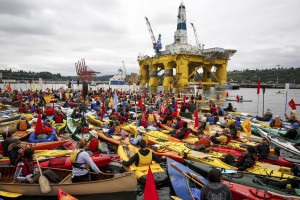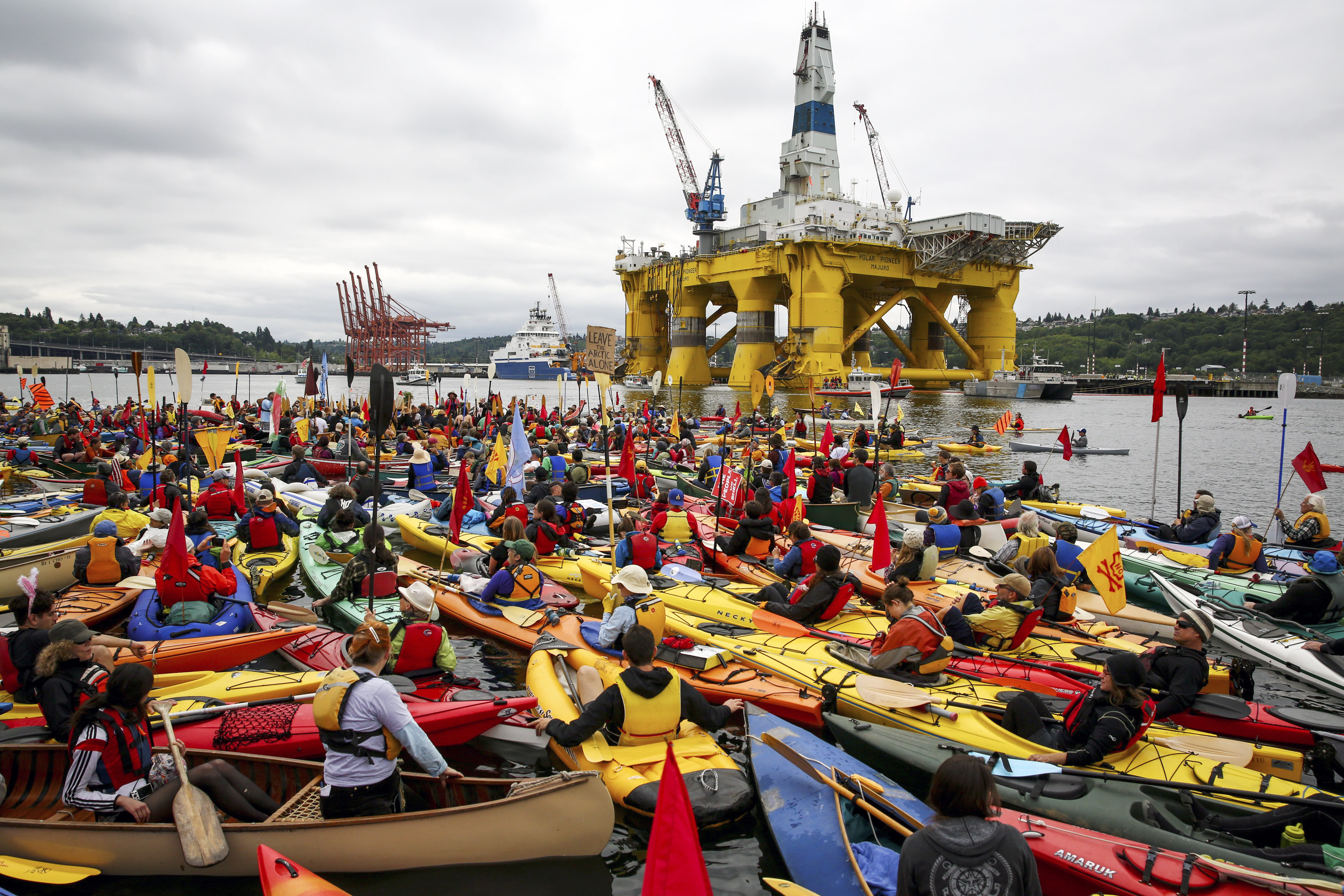
The highest strategic priority for the Moving Beyond Oil Campaign in 2016 was convincing the President to exercise his authority under the 1953 Outer Continental Shelf Lands Act to permanent protect all remaining areas of the US Arctic ocean from future oil and gas drilling. Our goal was also to achieve similar permanent protection for a significant swath of the US Atlantic.
Once he was convinced that such a declaration could potentially withstand a Trump attempt to reverse his actions, he took the bold step to protect both the Arctic and Atlantic oceans. It is possible that Trump will attempt to rescind these protections at the request of the oil and gas industry, but while the 1953 act gives the President clear legal authority to place sections of these oceans off limits to oil and gas drilling, it does not provide any authority for subsequent presidents to reverse that decision. At best, a Trump challenge will languish in court for two to three years before being resolved, further setting back any efforts of oil and gas companies to tap into the 26 billion barrels of oil reserves that are estimated.
Climate activists argue that the US does not need this additional oil from the Arctic or Atlantic oceans, which if developed would not come on line for another 15 years anyway. Furthermore, the US must not tap these reserves if we are to fulfill our Paris emission reduction commitments by 205o. The Atlantic protected area stretches from Virginia all the way to Maine. Cities up and down the coast appealed to the President to block oil and gas drilling to guard against future threats to their shorelines and tourist-based economies.


